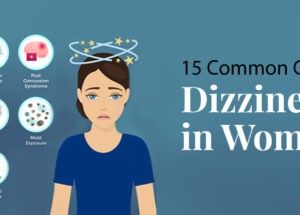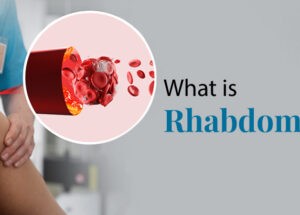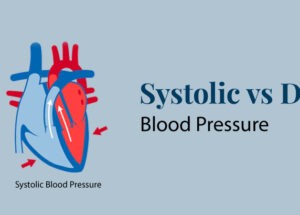Stress and Vitiligo
June 25, 2022

Vitiligo is a common depigmenting disorder of the skin, affecting 0.5–2% of the population worldwide, including children. This year’s International theme for World Vitiligo Day 2022 is ‘Learning To Live With Vitiligo’, for which the campaign is hosted in Mexico, North America.

Vitiligo is not contagious; hence, it doesn’t spread from one person to another.
The exact cause of vitiligo is not well-understood, although it seems to be the result of a combination of various causes, including genetic and environmental factors. However, heredity may be one of the important factors as there is an increased incidence of vitiligo in some families.
About 25-30% of affected individuals may have a positive family history. Therefore, stress can undoubtedly play a role in the development of vitiligo.
For example, when individuals experience high levels of emotional stress, their melanocytes are more likely to be exposed to reactive oxygen species. Though stress alone is likely not enough to cause vitiligo, it can combine with genetic and environmental factors to initiate the disease and its progress.
It can affect other areas such as the eye, causing inflammation in the eye, skin cancer due to lack of melanocytes protection from UV rays, and hearing loss because of loss of cochlear melanocytes.
Vitiligo has an unpredictable disease course; some patients may notice spontaneous regaining of colour over the depigmented areas. The prognosis depends upon the age of onset and the extent of the disease.
Various treatment methods include phototherapy, topical and systemic steroids and immunosuppressants, phototherapy and surgical techniques, which alone or together may help in halting the disease, stabilising depigmented lesions and stimulating pigmentation.
A multidisciplinary approach is important because vitiligo is associated with other autoimmune disorders. Patient education regarding the slow response of treatment or treatment failure is also necessary because the response to treatment is highly variable in different patients. In addition, people with vitiligo suffer from social stigma and mental stress, for which appropriate counselling of the patient and spreading awareness among the public about its non-infectious nature is essential.








